Norfolk moth thought extinct a 'phenomenal' find

The Norfolk Snout's horns are like the tusks of a warthog, said moth expert James Lowen
- Published
The discovery in a couple's garden of a moth believed extinct for more than 50 years has been described as "phenomenal" and of national importance.
The Norfolk Snout moth, first recorded near Norwich in Victorian times, was never seen anywhere else in the UK and then vanished after it was last spotted in the county in 1971.
The creature made its way into a light trap set by moth enthusiast Dave Jones - who has since found other Norfolks, whose snout he describes as a "bogbrush", on a feed plant nearby.
"It's exciting that in a suburban garden in a small village you can capture a total rarity," said Mr Jones, of Stoke Holy Cross, near Norwich.
"Among all the other moths [in a light trap, external] there's always that chance you will get something unusual."
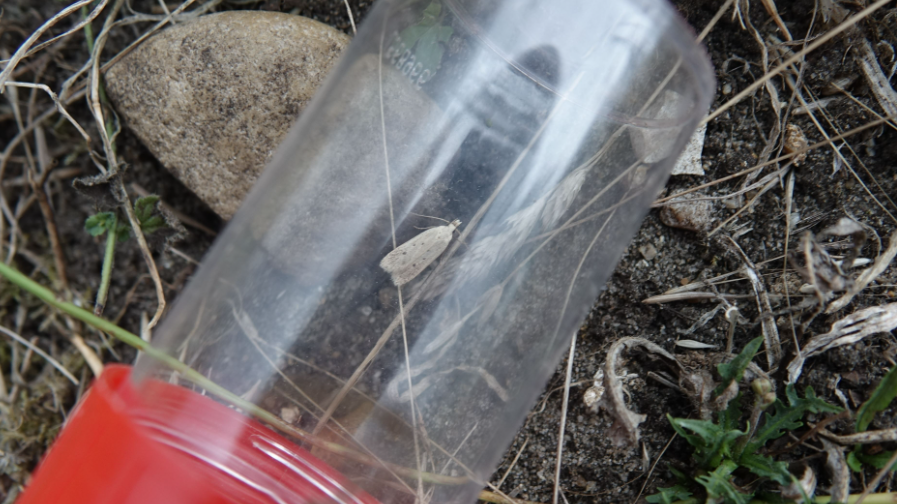
Mr Jones shared his photos with moth experts
Mr Jones was puzzled by the brown-beige insect with 10mm-long wings while checking more than 200 moths he had trapped on a Monday night.
He assumed an identification app had got it wrong when it suggested a match for a moth listed as extinct.
"It's weird thing; it's so docile and it's got this snout that looks like a bog brush, and these amazing horns," said Mr Jones, who has set traps for 14 years and had previously found a Scottish grass moth , external, its second recording in England.
"I looked it up and I said to my wife Pauline, I think we've got a moth that's extinct," said Mr Jones, "it's not every day that happens."
He shared his photos to a WhatsApp group of Norfolk moth experts, who were excited and encouraging, and later that day it was verified by an authority on the species and released unharmed.
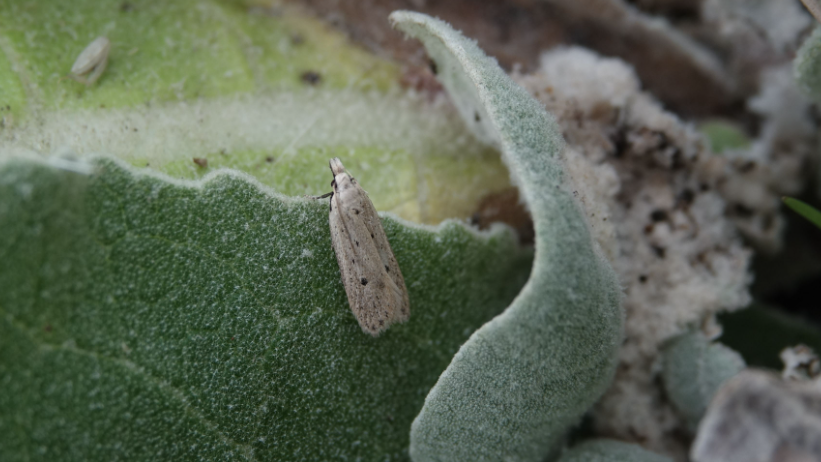
Mr Jones found other Norfolk Snouts on its feed plant
The caterpillar feeds on hoary mullein, a striking, metre-tall plant with yellow flowers which is known to grow in the south and west of Norwich.
"The following day I thought I would go and have a look [nearby], saw the plant and found them there," said Mr Jones.
"To find something in your trap is one thing, it is exciting, but I was more over-the-moon to find it on the plant and possibly breeding - that was more of a buzz."
'Fantastically exciting'
Wildlife writer, photographer and lecturer James Lowen, who is in the WhatsApp group, said he suspected the moth had "gone off the radar" since its last sighting at a quarry in Snettisham, on The Wash.
"It's not much to look at, but when you look more closely its got a snout with these amazing horns on it, rather like the tusks of a warthog," he said.
"Its not just the back story that make it so unusual, but its appearance, too."
He said general moth numbers appeared to be down this year, according to moth trappers, possibly due to the wet spring.
"It makes seeing this even more special," he added.
"It is very heartening but the overall balance sheet for moths is that we have lost 120 [species of] moths in the last 100 years.
"This is of national importance; it's phenomenal."
Get in touch
Do you have a story suggestion for Norfolk?
Follow Norfolk news on BBC Sounds, Facebook, external, Instagram, external and X, external.
Related topics
- Published21 August 2024
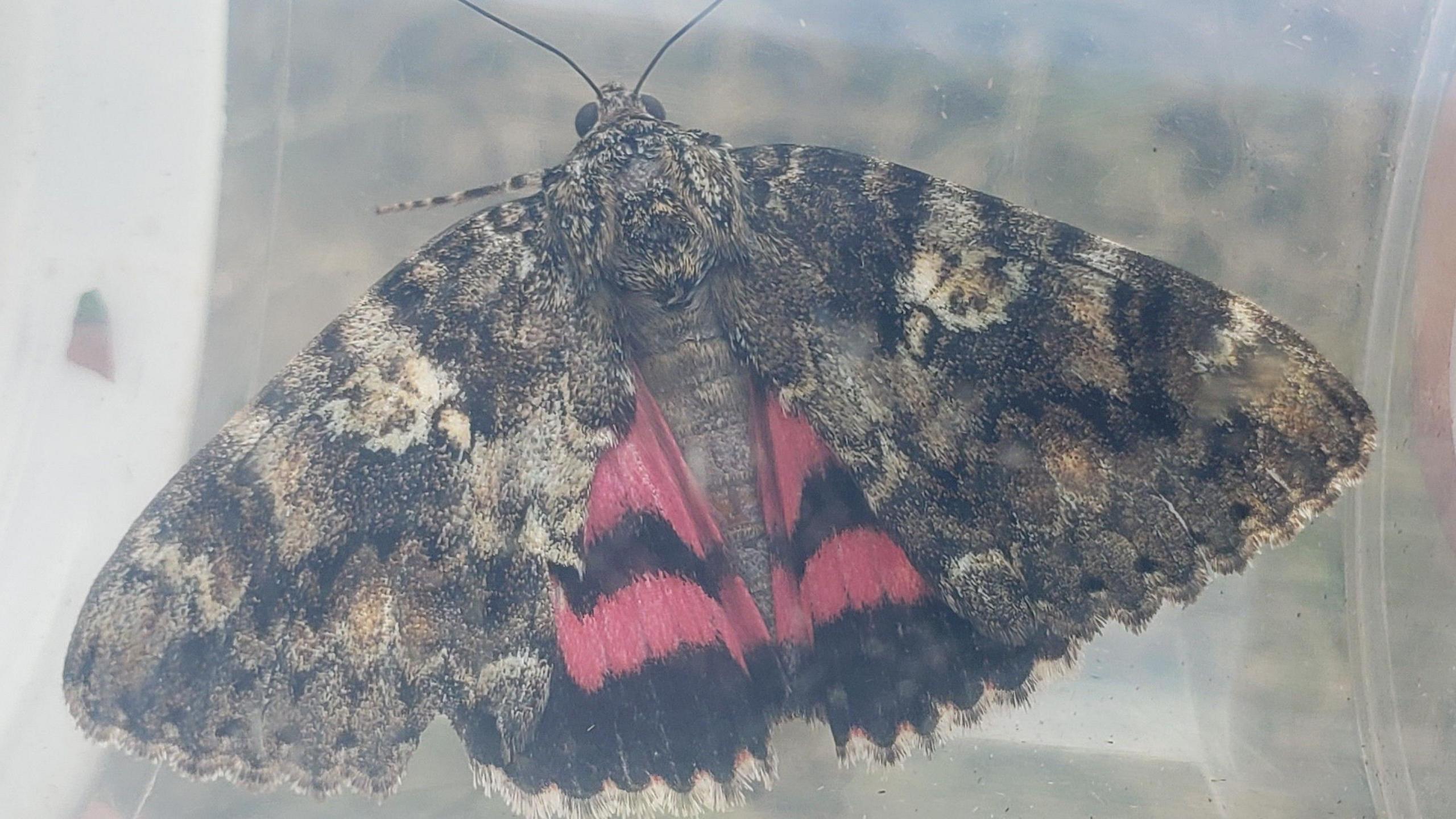
- Published5 December 2023
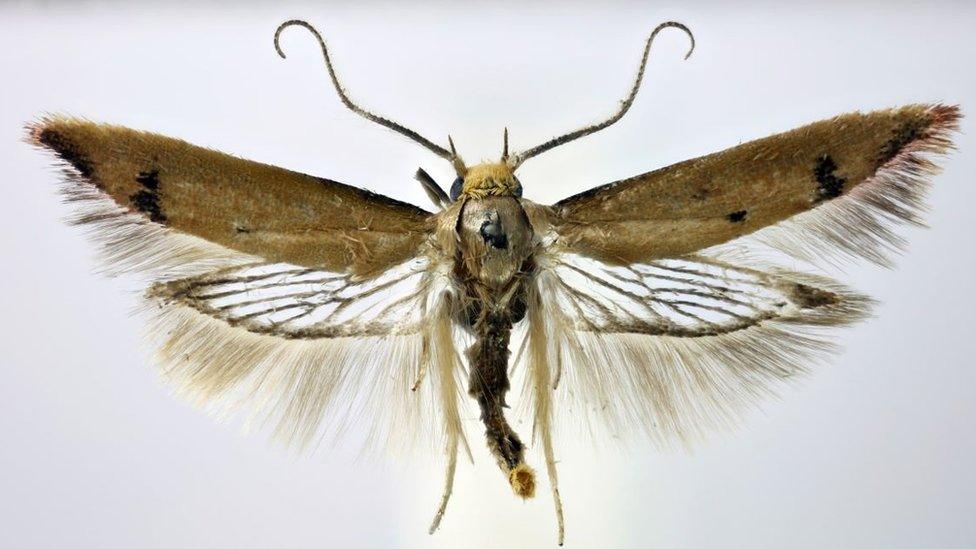
- Published30 July 2023
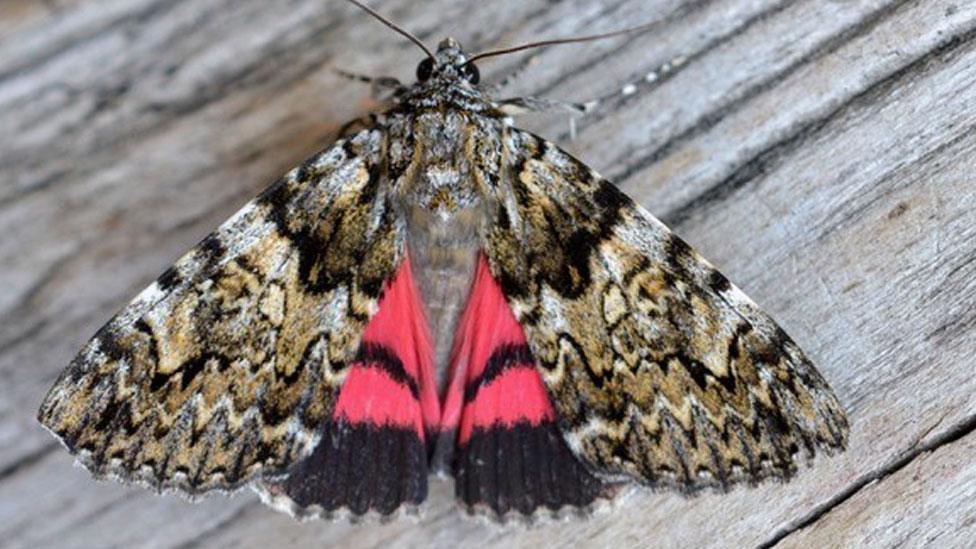
- Published31 May 2020
